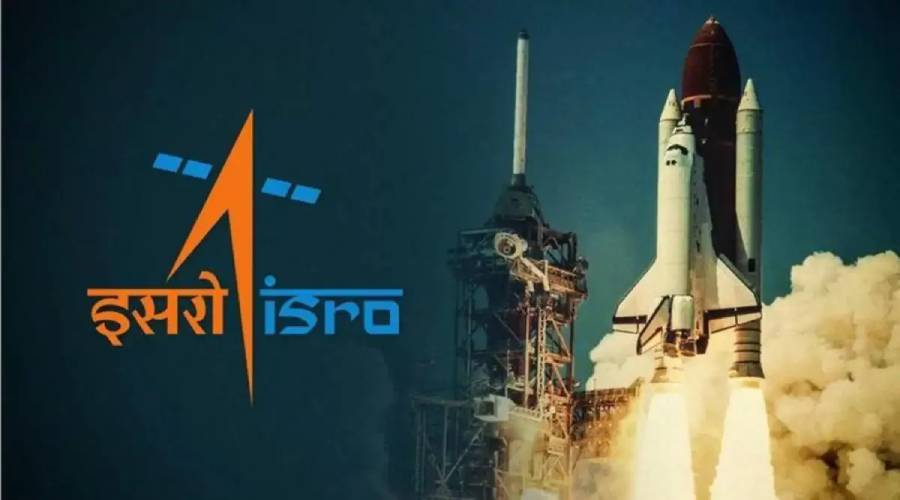India’s space agency, ISRO (Indian Space Research Organization), has come a long way from launching its first satellite in 1975 to becoming one of the most respected space agencies in the world. With a focus on innovation, cost-effectiveness, and scientific discovery, ISRO has executed several missions that have not only advanced India’s technological capabilities but also contributed significantly to global space exploration. In this blog, we’ll take a closer look at 10 ISRO missions that changed the course of space exploration and put India firmly on the global space map.
ISRO Missions
Aryabhata (1975)
Launched on April 19, 1975, Aryabhata was India’s first indigenously built satellite. Though launched by the Soviet Union, it marked the beginning of India’s space journey. It was a milestone in Indian science and technology, paving the way for future advancements in satellite development.
Impact: Demonstrated the Indian commitment to space science and self-reliance.
SLV-3 (1980)
The Satellite Launch Vehicle (SLV-3) was the first Indian rocket to launch a satellite (Rohini-1) into low Earth orbit. It was successfully launched on July 18, 1980, under the guidance of Dr. A.P.J. Abdul Kalam.
Impact: Made India one of the few countries with satellite launch capability.
INSAT Series (1983 Onwards)
The Indian National Satellite System (INSAT) is an integrated series of multipurpose geostationary satellites which can provide telecommunications, television broadcasting, meteorology and geostationary satellites can provide disaster warning. The first satellite launched was INSAT-1B, in 1983.
Impact: Transformed communication and weather forecasting in India.
IRS Series (1988 Onwards)
The Indian Remote Sensing (IRS) program was initiated with IRS-1A in 1988. These satellites provide data for agriculture, water resources, forestry, land-use mapping, and disaster management.
Impact: Helped in sustainable development and policy planning using satellite imagery.
Chandrayaan-1 (2008)
India’s first mission to the Moon, Chandrayaan-1, was launched in 2008. It carried 11 scientific instruments, including NASA’s Moon Mineralogy Mapper, which helped discover water molecules on the lunar surface.
Impact: Made a major scientific discovery that changed how we view the Moon.
Mangalyaan – Mars Orbiter Mission (2013)
Mangalyaan Launched on November 5, 2013 made headlines for being the first Asian mission to reach Mars orbit and the first Mars mission to succeed on its first attempt. It was also the most cost-effective Mars mission at just $74 million.
Impact: Showcased ISRO’s capability in deep space missions and budget efficiency.
GSAT Series – Advancing India’s Digital Growth
The GSAT (Geostationary Satellite) series has played a critical role in boosting India’s telecommunications, internet connectivity, and satellite-based broadcasting. GSAT-6A, GSAT-29, and others have expanded reach to remote regions.
Impact: Supported Digital India by improving rural connectivity and broadband access.
Chandrayaan-2 (2019)
Although the Vikram lander lost communication just before landing, Chandrayaan-2 was still a scientific success. The orbiter continues to send valuable data about the Moon’s surface and exosphere.
Impact: Demonstrated India’s advanced engineering in lunar exploration and continued ISRO’s lunar legacy.
PSLV-C37 (2017)
On February 15, 2017, ISRO launched 104 satellites in a single mission using the PSLV-C37 rocket. This broke the previous global record and showcased India’s satellite launch capacity.
Impact: Established ISRO as a reliable, affordable launch partner for the world.
Chandrayaan-3 (2023)
On August 23, 2023, India became the first country to land near the Moon’s South Pole. The Vikram lander and Pragyan rover of Chandrayaan-3 successfully conducted surface operations, analyzed soil composition, and gathered seismic data.
Impact: Cemented India’s place among elite spacefaring nations and boosted interest in lunar mining and exploration.
Why ISRO’s Missions Matter
Each of these missions has not only pushed India’s technological boundaries but has also:
- Inspired generations of scientists and engineers.
- Improved disaster management, agriculture, and rural connectivity.
- Strengthened India’s position in the global space economy.
- Offered cost-effective solutions to complex space challenges.
What’s Next for ISRO?
ISRO is not slowing down. Here’s a quick look at what’s coming:
- Gaganyaan Mission: India’s first crewed spaceflight, expected in 2025.
- Aditya-L1 showed India was willing to invest and initiate the first solar mission to study the Sun.
- NISAR Satellite: A joint mission with NASA for Earth observation.
- Chandrayaan-4: Potential sample return mission from the Moon.
These missions aim to deepen our understanding of space and help address global challenges like climate change and disaster prediction.
Final Thoughts
ISRO’s journey from humble beginnings to a global space power is a story of innovation, resilience, and ambition. These 10 groundbreaking missions reflect India’s growing leadership in the field of space exploration and its commitment to science and technology for national and global benefit.
Whether it’s reaching Mars on a budget or landing on the Moon’s unexplored South Pole, ISRO has proven that space exploration doesn’t need to be expensive—it needs to be smart. India’s space story has only just begun, and the world is watching.

